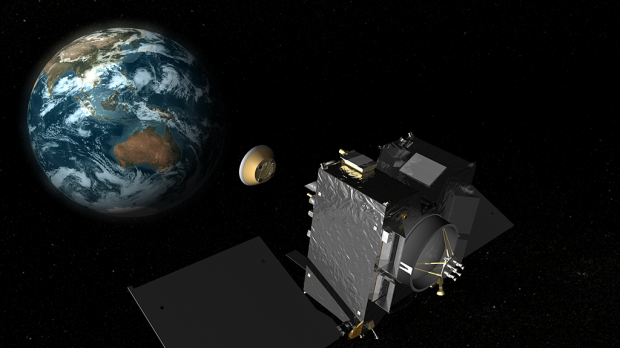NASA’s OSIRIS-REx mission, led by the University of Arizona’s Lunar and Planetary Laboratory, is set to blast off for an asteroid on Sept. 8.
The goal is to retrieve a sample of the asteroid Bennu. OSIRIS-REx is a partial acronym that stands for Origins, Spectral Interpretation, Resource Identification, Safety — Regolith Explorer.
Origins: NASA scientists believe the asteroid is rich with carbon-based compounds such as amino acids that date back to the beginning of the universe and will provide a glimpse into the origins of life.
Spectral Interpretation: The suite of instruments aboard OSIRIS-REx will analyze the light reflected and heat emitted from the asteroid to determine its composition.
Resource Identification: Scientists want to identify resources that could be useful for future space missions — especially water.
Security: Bennu has a 1-in-2,700 chance of colliding with Earth in the next 200 years. Researchers hope to learn how to better predict asteroid orbits by studying Bennu and the Yarkovsky effect. This phenomenon occurs when an asteroid absorbs and releases heat from the sun, giving the space rock a slight nudge.
Regolith Explorer: OSIRIS-REx will analyze the loose, outer layer of rock on Bennu down to the microscopic level before scooping up a small sample.





